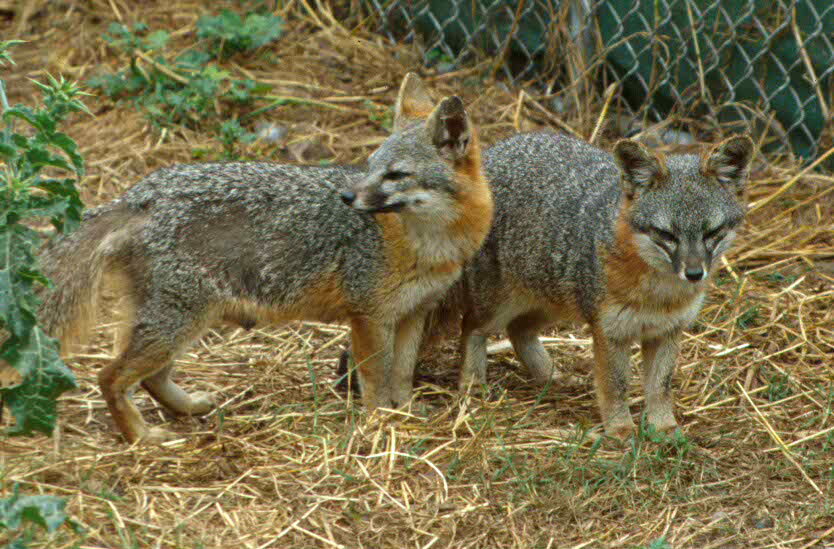This year was bittersweet and busy.
Teaching is busy, lab is busy, driving is busy and life is just....busy. Sometimes it's hard to get myself up in the morning and go for a run because it's an earlier start to a busy day. Perhaps I'm not getting enough sleep, stress builds up, cortisol levels rise and my body tries to slow itself down the only way it can...chemically.
When the body feels over-worked the psyche can also experience burn-out. Have you ever just felt like a zombie? All your senses are ignoring theirs duties and you're experiencing what it's like to live a half-life.
Stimulants like caffeine can help jump start your blood pressure and your memory. It's been shown that a little bit of caffeine can improve short-term memory, initiate
vasoconstriction and gets your heart pumping harder in the morning.
So can exercise.
The difference is that caffeine is a quick-fix and to be quite honest I don't think human bodies have evolved to keep up with the fast pace of technology and chemical enhancers. This is why I think so many people are at odds with their bodies; they simply don't know how to balance out their lives and despite that, the human body is always going to do what it's been programmed to do. It's programmed to balance out its external environment.
So when you step out into the cold, you're going to start shivering. Your muscles start moving to generate its own heat and your internal environment tries to
equilibrate itself to it's external environment. Aaah homeostasis at its finest.
When you're super-stressed, your body also tries to accommodate for this change. Blood pressure rises, more adrenaline is released, heart beats faster and you have trouble sleeping. Chronic stress can lead to chronic heart problems because you're tiring your
lub-dubber out.
I know I'm just reiterating everything the health books say, but sometimes I need to remind myself to just slow down. Eating won't solve anything, caffeine won't improve my mental capacity, sitting in front of the tube will not abolish my problems. Not handling my problems in an effective fashion will only hurt those around me as they experience my
tempestuous moodiness.
So, put on your running shoes, enjoy the fresh air and remember that activity will do more wonders for you stress than you can imagine.
 What are the different parts of the lipid bilayer? Why is this comic funny?
What are the different parts of the lipid bilayer? Why is this comic funny?

